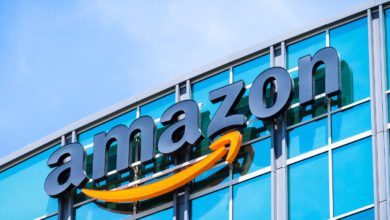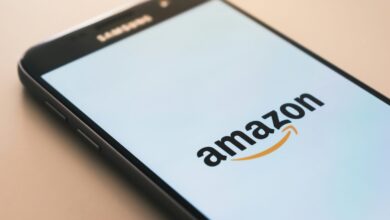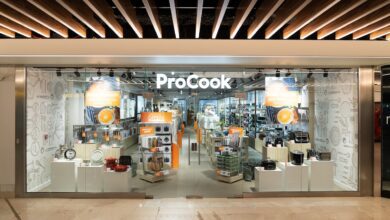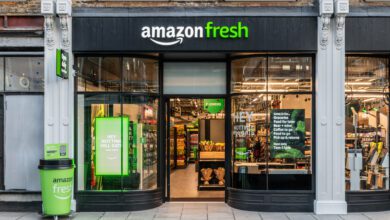How to avoid profit loss by keeping your retail store up to date
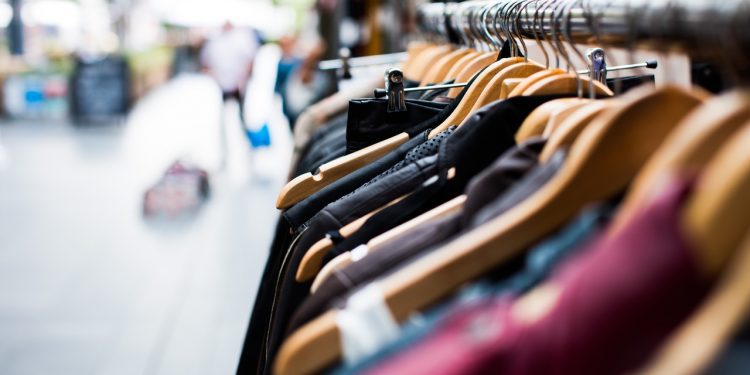
Register to get 1 free article
Reveal the article below by registering for our email newsletter.
Want unlimited access? View Plans
Already have an account? Sign in
In the store many actions are taken just because management likes to do them a certain way. “If it ain’t broke, don’t fix it,” it’s often said. And particularly in well-established stores with a reputation to uphold, keeping standards high might entail squashing innovation in order to protect a static view of perfection.
However, all things change: The goods sold, the staff selling, the customers buying, and the customs and technology around the sale process. There’s a risk that online retailers simply hoover up so much data on their customers, and know so much about them, that they can seemingly intuitively outcompete physical stores through their advanced insight and analytics machine.
Some tech pioneers have made moves to fight back. Amazon Go for example aims to sew up both sides of the market, and clearly shows the careful intelligence that an online retailer can bring to the physical realm.
Their 14 stores really illustrate that physical retail Is simply not using the right technologies to offer business insight, centreing around visual solutions like smart video. The online culture of monitoring, tracking, and analysing means that those retailers have never had to struggle to understand their shoppers – and the facility with which offers can be made and online displays changed allows them to quickly test, measure, and adapt to changing conditions.
So retailers must not fall into the trap of muddling along without considering the new rules of the market. Getting over the rosy retrospection cognitive bias and recognising that the ways of the past are not necessarily the best is an essential first step to looking at the whole sales process with fresh and open eyes.
Today technologies can assist in solving problems, whether or not management believes them to be there. But it’s only by taking a careful look at existing biases and altering the way business is done can retailers become truly efficient and strive not only to bring the shopper back to the high-street, but to innovate to delight and transform their shopping patterns.
Connected technologies that can share data and build one pool of insight to mine, from sensors, smart video, and business intelligence, offer physical retailers the opportunity to receive the same level of insights that digital retailers enjoy. So when it comes to understanding the motivation and behaviour of customers it becomes a more effective process to serve them efficiently.
Understanding customers and wooing them back to the in-store experience requires a very integrated approach and it can start with really observing how they navigate and interact with the store, paths through displays and stock, and with the merchandise. It’s easy to build a store to a standard layout or to accepted wisdom as to where a customer’s eyes might stray. Yet it’s better to build one based on solid evidence and a scientific analysis of real-world behaviour.
Then the store can A/B test and avoid opinions and bias taking over from what should be a very evidence-based process of observing, planning, and optimising. That’s where connected technologies and smart video can pay dividends.
Smart video can show how staff engage with difficult customers and be used to tailor training to the staff who can best apply the skills required. It can show what customers interact with and guide how the store layout can evolve, or how offers are applied by the hour if need be to capture the right person’s attention at the right time.
New video technologies with 360-degree capture and analytics performed on the device can integrate with Point-Of-Sales and business intelligence dashboards and allow a full digital picture, based on real-world data, to become actually, tangibly, useful to store and group management,
Shaving moments of a customer’s queuing time or improving customer experience so they do not mind the wait, for example, can only come from careful insights backed up by data to ensure they work each time for all types of customers. It’s important that data informs such decisions so that what one decision-maker ‘thinks’ is the right thing, really works for all customers, staff, or the organisation as a whole. Not everyone thinks or behaves the same and creating a great experience for all requires the insights from more than just one mind.
The data from video also provides demographic data and insights into buying habits which can inform more efficient sales strategies, validate the effectiveness of store layout vis-à-vis customer flow and journeys, provide intelligence on purchasing behaviour, and on improving in-store experience – all ultimately contributing to greater efficiency and higher profit margins.
By Nigel Ashman, president, ONVU Retail


